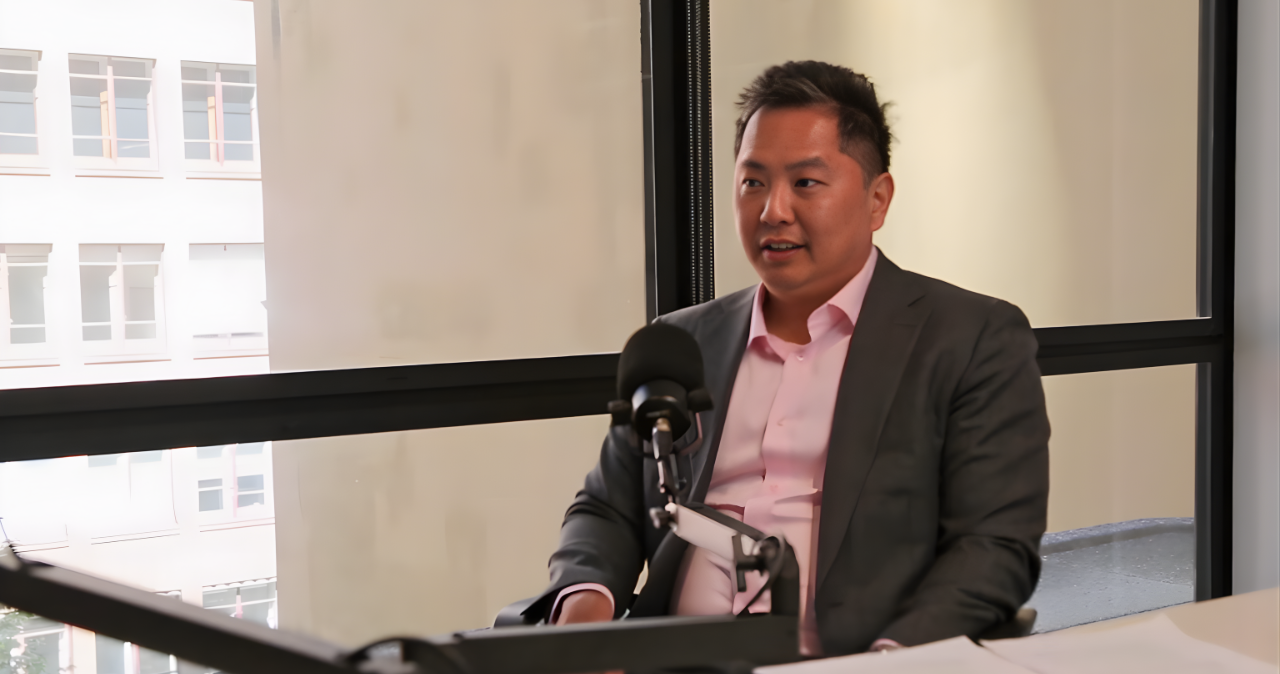Putting People at the Centre: Lessons in Leadership, Transformation, and High-Performing Teams

In the latest episode of A Human Element, host Adam Higgins sits down with Jack Su, former Group COO of Security, IT Risk, and Resilience at QBE, to explore the human side of transformation. Across six years leading high-stakes change programs, Jack has witnessed first-hand why even the most sophisticated operational models fail without a focus on the people executing them.
The conversation goes beyond frameworks and operating models. It reframes leadership in complex environments as a deliberate, human-centred practice - one that prioritises understanding, engagement, and empowerment over rigid process or technology alone.
Transformation Isn’t Just About Strategy or Tech
Jack’s career began in transformation and management consulting, later running operations for corporate functions. Across these roles, one lesson emerged consistently: success hinges on people.
“The people side is the hardest part, the most interesting part, and the part I think about the most,” Jack explains. “You can spend months designing processes, strategy, and tech solutions, but if you don’t integrate people into the change from the start, the outcomes fall short.”
It’s a perspective many leaders intuitively recognise but rarely operationalise. Too often, change management becomes a parallel stream, something separate from the core transformation effort. The result? Frustrated stakeholders, stalled initiatives, and programs that deliver outputs rather than outcomes.
The Leadership Lens: Courage and Clarity
One of the most compelling threads in Jack’s approach is courage - the willingness to slow down in complex, high-pressure environments. Whether restructuring teams across continents or implementing new systems, he emphasises taking the time to understand stakeholders, map cultural nuances, and anticipate the impact of change on the people driving it.
“You’re facing the CEO or CFO and saying, ‘Do you want it done quickly, or do you want it done well?’” Jack says. “It takes bravery to prioritise the people side of change, but that’s what makes transformation stick.”
For technology leaders, this mindset is critical. It’s about thinking beyond efficiency metrics or project timelines and recognising that operational success depends on alignment with the human element.
CX and EX: A Symbiotic Relationship
Jack’s journey into HR programs reinforced another key insight: customer experience (CX) and employee experience (EX) are inseparable.
“If employees are equipped, empowered, and motivated, they create better outcomes for customers,” Jack observes. “It’s intuitive, but it’s rarely operationalised. High-performing organisations build their operating models with this alignment baked in.”
Across functions - from front office to cyber security - the principle holds: empower people to own change, rather than treating them like process-following robots. When employees feel agency over their work, transformation programs gain traction, not friction.
Friction as a Tool, Not a Barrier
A recurring theme in Jack’s thinking is the concept of healthy friction. Inspired by The Friction Project, he highlights the value of identifying unnecessary complexity and reducing it - while recognising that some friction is productive when it drives the right outcomes.
“Doing less can actually create opportunities to do more,” Jack explains. “As leaders, our job is to clear the decks and focus on what truly matters for our customers - internal or external. Everything else is noise.”
For senior executives, this perspective is invaluable: complexity doesn’t equal progress. High-performing teams thrive when leaders create clarity, remove unnecessary barriers, and allow space for deliberate, purposeful work.
AI and the Human Element
Even in discussions about AI, Jack’s focus remains human-centric. Technology can augment capability, but it cannot replace the human insight, judgement, and adaptability needed to execute transformation successfully.
“AI is a solution, not an outcome,” Jack notes. “You need to think about how it serves customers, how it supports employees, and how it integrates into transformation programs - not as a replacement, but as an enabler.”
For tech leaders navigating automation and digital acceleration, this is a critical reminder: innovation succeeds only when it is grounded in the human experience.
Slowing Down to Move Forward
After a demanding tenure, Jack has learned the importance of stepping back. He is currently prioritising reflection, networking, and family time - recognising that sustainable leadership is as much about pacing oneself as it is about delivering results.
“It’s about slowing down to understand, to plan, and to engage meaningfully,” he says. “Transformation is high-pressure, but if you don’t pause, reflect, and connect, you risk losing the very people who make change possible.”
Final Thoughts: People First, Always
Jack’s insights offer a clear takeaway for executives: operational excellence and transformation aren’t purely technical pursuits. They succeed when leaders embed a people-first mindset at every stage - from strategy design to execution, from employee engagement to customer outcomes.
In an era of rapid technological change, AI-driven disruption, and complex stakeholder environments, the human element remains the differentiator. Leaders who embrace it - by empowering, listening, and creating clarity - unlock the full potential of their teams and their transformations.
Want to hear more from Jack Su?
Listen to the full episode of A Human Element on Spotify or YouTube, where he dives deeper into leadership, people-centric transformation, and building high-performing teams in complex environments.